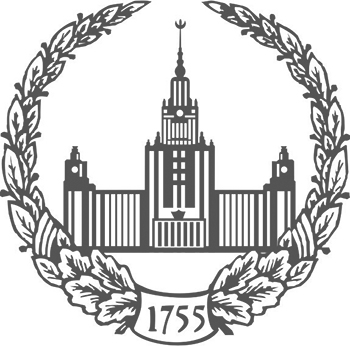Tatiana Aleksandrovna Arkhangelskaia
-
Long- term research on physical properties of soils in the MSU Large lysimeters: main results of the first 60 years (1961–2021)Moscow University Bulletin. Series 17. Soil science. 2021. N 3. p.4-20Aminat B. Umarova Tatiana A. Arkhangelskaia Anna Al. Kokoreva Zakhar S. Ezhelev Nikolai An. Shnyrev Victoria N. Kolupaeva Tatiana V. Ivanova Konstantin V. Shishkinread more1324
-
The results of 60-year research on physical properties of soils in the MSU large lysimeters are discussed. The
questions under study were the elements of soil water balance, soil evolution, soil temperature regime, and transport of various substances in soil profile. The long-term changes in soil texture, soil mineralogy, and organic carbon content were observed. It was shown that the horizon sequence in soil profile affects the intensity of drainage flux and its stabilization in the long-term aspect. It was also found that the amount of the transit transfer of substances in different soil profiles depended both on profile structure and upper boundary conditions.Keywords: drainage flux; layered soils; types of meliorative soil cultivation; water balance; preferential flow; temperature regime; soil evolution; soil profile structure; pesticides
-
-
Thermal diff usivity of soil-peat mixtures: nonlinear dependence on peat contentMoscow University Bulletin. Series 17. Soil science. 2024. N 4. p.105-113read more642
-
The thermal diffusivity of the upper plow horizon of the urban soil from the territory of MSU Experimental soil station, lowland packed peat, and their mixtures was studied. The soil from Ap horizon was sieved through a 1 mm sieve and mixed with peat in various proportions; the content of peat in mixtures ranged from 1 to 80% by dry weight. Metal cylinders 10 cm high and 3.8 cm in diameter were filled with soil, peat, and soil-peat mixtures. The thermal diffusivity was measured using the unsteady-state method with a working temperature range of 20–26°C. The heating rate of the packed samples was measured after the samples were placed in a liquid thermostat with a constant water temperature. For each sample, a series of measurements was carried out with a step-by-step change in soil water content from the maximum one after capillary saturation of the sample to the minimum one, corresponding to the air-dry state. Within the studied range of water contents, the thermal diffusivity of different samples changed by a factor of 1.3–3.5; the greatest changes with water content were typical for mineral soil. The thermal diffusivity vs. water content dependence was almost linear for peat, and for soil it was an S-shaped curve with a weakly expressed maximum. The lowest thermal diffusivity was obtained for peat and mixtures with high peat contents; the highest one — for soil without peat additions. The non-linear character of the thermal diffusivity vs. peat content dependence was revealed. Small additions of peat to mineral soil resulted in a noticeable decrease in the thermal diffusivity of the mixture; small additions of soil to peat had practically no effect on thermal diffusivity. The thermal diffusivity of the studied substrates increased with increasing sample bulk density and decreased with increasing organic matter content. It was concluded that the patterns typical for soil-peat mixtures are similar to those earlier obtained for peat-sand mixtures, but in the case of soil-peat mixtures these patterns are less clearly expressed.Keywords: the unsteady-state method; urban soils; soil constructions; peating
-



